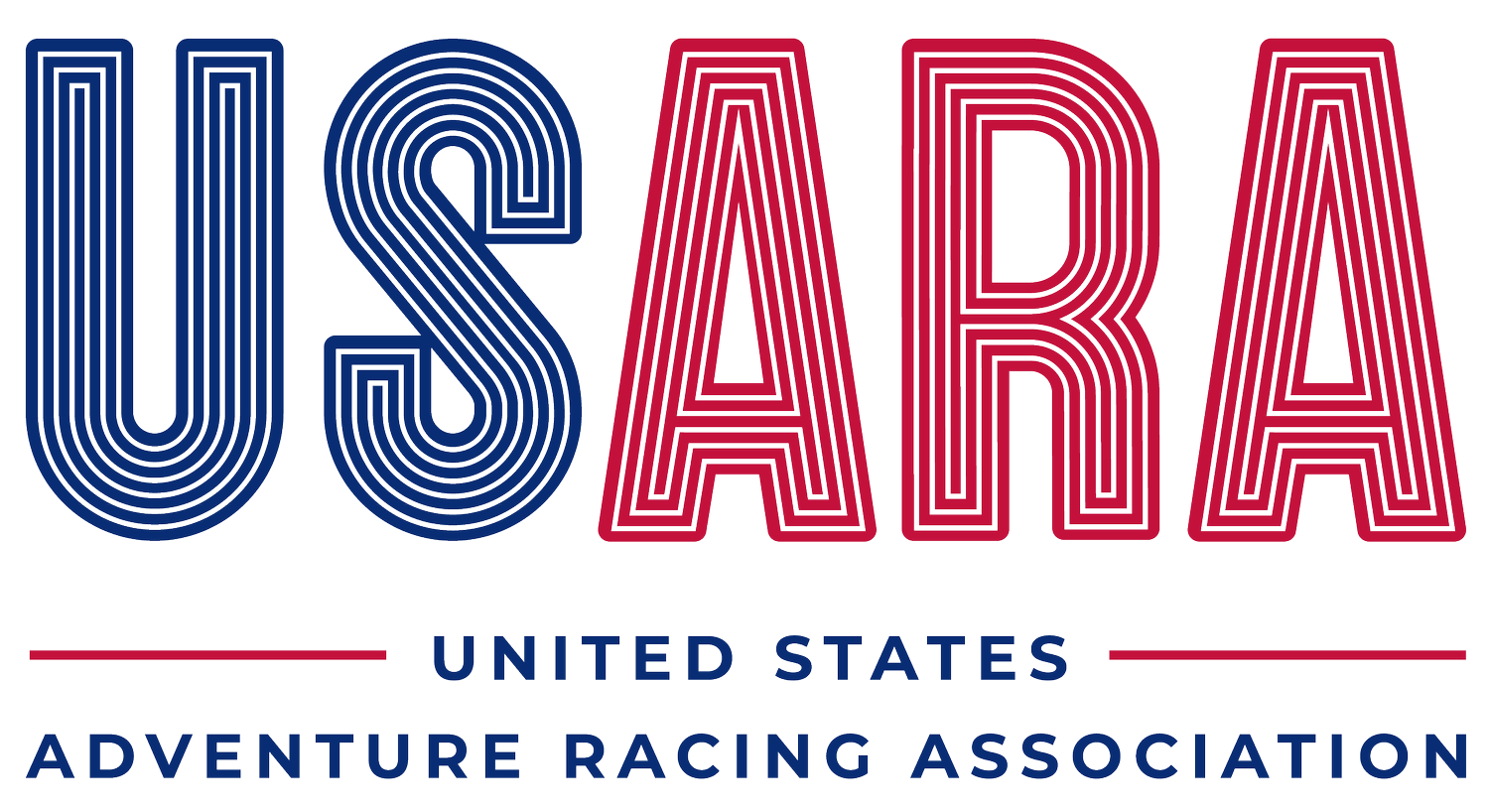Rogaine: Strategic Orienteering
By Mark Lattanzi, author of Squiggly Lines: Map and Compass Navigation in Adventure Races and Rogaines
Map and compass navigation involves using ONLY a topographic map and a compass to find one’s path in the wilderness. Explorers have been doing it for centuries. Rudimentary maps have been discovered in ancient caves. Maps were (are) an essential item for learning and living in your surroundings. These days, everyone mostly just uses a GPS and a digital display to get from point A to point B.
But, the use of paper maps and compasses is far from dead. Sports have developed that require the competitors to traverse a route using only a map and a compass. For land navigation, the three main ones are orienteering, rogaining, and adventure racing. Many adventure racers hone their navigation skills at orienteering or rogaine competitions.
The sport of orienteering likely came first. An orienteering course is typically a set of controls that racers have to visit in ORDER. Courses typically range from 30-90 minutes and have 10-20 checkpoints in them, covering 3-10 kilometers in a relatively small contained area.
Rogaining is the big brother of orienteering. Rogaine-like events started in 1947 by the Melbourne University Mountain Club in Melbourne, Australia. Then, around 1976, some orienteerers formalized things, wrote some rules, named the sport, and created the first rogaining club/association. The word “ROGAINE” was derived from the names of three of the founders, Rod Phillips, Gail Davis Phillips and Neil Phillips: RoGaiNe. The ROGAINE backronym “Rugged Outdoor Group Activity Involving Navigation and Endurance” was created and popularized much later.
The sport of rogaining gained popularity and the first World Rogaine Championship was held in 1992. While orienteering is primarily a solo event, the rules of rogaining state that it is a team sport (2-5 people). But, these days, many competitors participate in them as soloists as well.
A side note: the Rogaine© hair product was accidentally developed in the mid-80s. It was marketed worldwide as REGAINE, but the United States FDA wouldn’t approve that name as it seemed to promise more than the product delivered, so the name ROGAINE was used to market the product in the USA. Thanks FDA for the tiresome jokes whenever we talk about the sport now.
Adventure racing followed close behind – a long distance, team-based, multi-sport combination of orienteering and rogaining. It’s much more free form than either orienteering or rogaining with no formal standardization/rules across events yet.
There other fundamental differences between orienteering and rogaining are duration, course flow, and map scale. Orienteering meets are typically shorter (1-3 hours) than rogaines, which can be 6-24 hours long. And, in orienteering, competitors visit the controls in order, while in rogaining, racers have to plan their own route and attempt to maximize their overall score. Lastly, rogaine maps are typically smaller scales (1:24000 or smaller), while orienteering maps can be as large a 1:5000 and have much more map detail on them.
Here’s a typical orienteering map vs a rogaine map.
Orienteering Map
Rogaine Map
The rogaine map covers 40 square kilometers and doesn’t have all the fine detail of an orienteering map.
The tens digit of each checkpoint is the number of points a competitor receives for visiting that control. So, the planning stage of a rogaine is quite important as the team with the most points (rather than controls) is the overall winner.
The International Rogaining Federation has been hosting regional championships and the world championship for three decades. The World Rogaine Championship is hosted in different countries every (other) year. In 2023, it was in Lake Tahoe in the western USA. In 2025, the event will be in Spain
The USARA Community Calendar lists rogaine events in the US and Canada as does Mark Lattanzi’s website, tanZnavigation.org. Rogaining.com maintains a world calendar of events.


